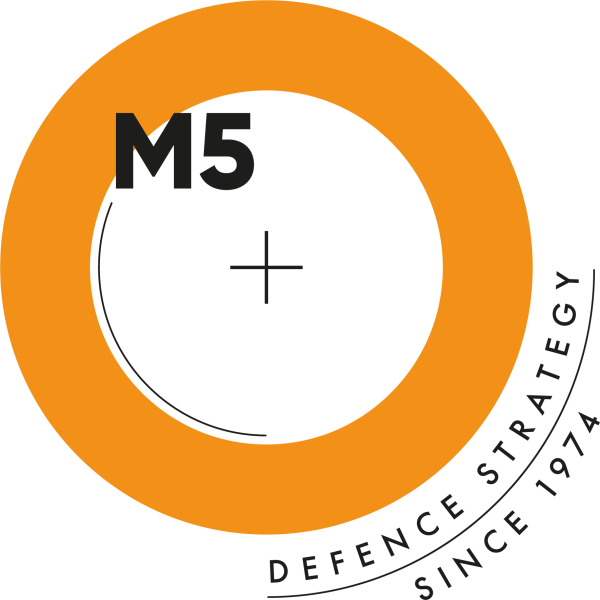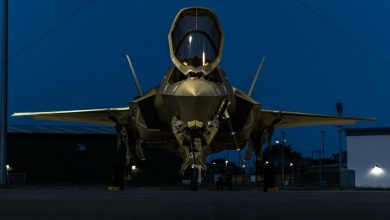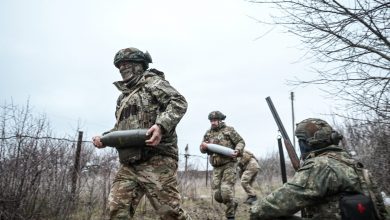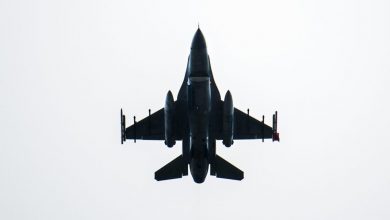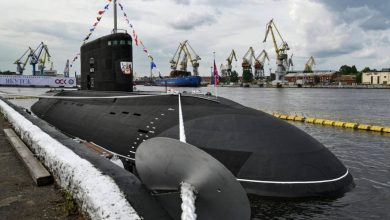Iran Launches Heaviest Locally-Developed Satellite Payload Into Orbit

Iran has successfully launched its Simorgh carrier rocket, deploying a domestically-developed space tug and two payloads into orbit, marking its heaviest payload yet.
The Simorgh rocket set a new benchmark for payload capacity, lifting a total mass of 300 kilograms (661 pounds).
The mission aimed to test the performance of domestically produced systems and assess their capacity to support imaging missions and monitor the electromagnetic spectrum.
This is the second successful multi-payload launch this year, bringing Tehran’s total to seven satellites in orbit.
Iran is now one of nine countries worldwide capable of launching satellites using domestically developed carrier rockets, spokesperson for the Iranian Defense Ministry’s Space Division Ahmad Hosseini Mounes told state broadcaster Press TV.
Space Technologies
The launch was carried out from the Imam Khomeini Space Center in Semnan Province in northern Iran.
From there, a Simorgh carrier rocket, the Saman-1 transfer module, and the Fakhr-1 satellite were successfully placed into low Earth orbit.
The Simorgh is a three-stage, liquid-fueled rocket designed for satellite launches. It weighs 87 tons (78,925 kilograms), stands 27 meters (88.6 feet) tall, and has a diameter of 2.5 meters (8.2 feet).
Its first stage is powered by four engines that collectively generate up to 159,000 kilograms (350,535 pounds) of thrust, enabling efficient payload delivery into orbit.
The Saman-1 space tug serves as an orbital transfer vehicle designed to move satellites from lower Earth orbits to higher operational orbits.
The Fakhr-1 satellite includes critical subsystems such as a central computer, power and energy management, radio communications, positioning and navigation, and attitude control.
After separating from the carrier rocket and the Saman-1 space tug, Fakhr-1 successfully transmitted telemetry data from its onboard subsystems and sensors and executed commands from ground stations in Iran.
Under Sanctions
Iran aims to maintain its influence and deterrence strategy amid rising regional tensions.
Recently, Tehran announced an unprecedented increase in its defense budget, with plans for a 200 percent boost.
The country has one of the largest military forces in the Middle East and has significantly expanded its local military production in response to international sanctions prohibiting the export of goods or services to Iran.
In addition to defense, sanctions impact various sectors, including medical supplies, e-commerce, and banking transactions.
